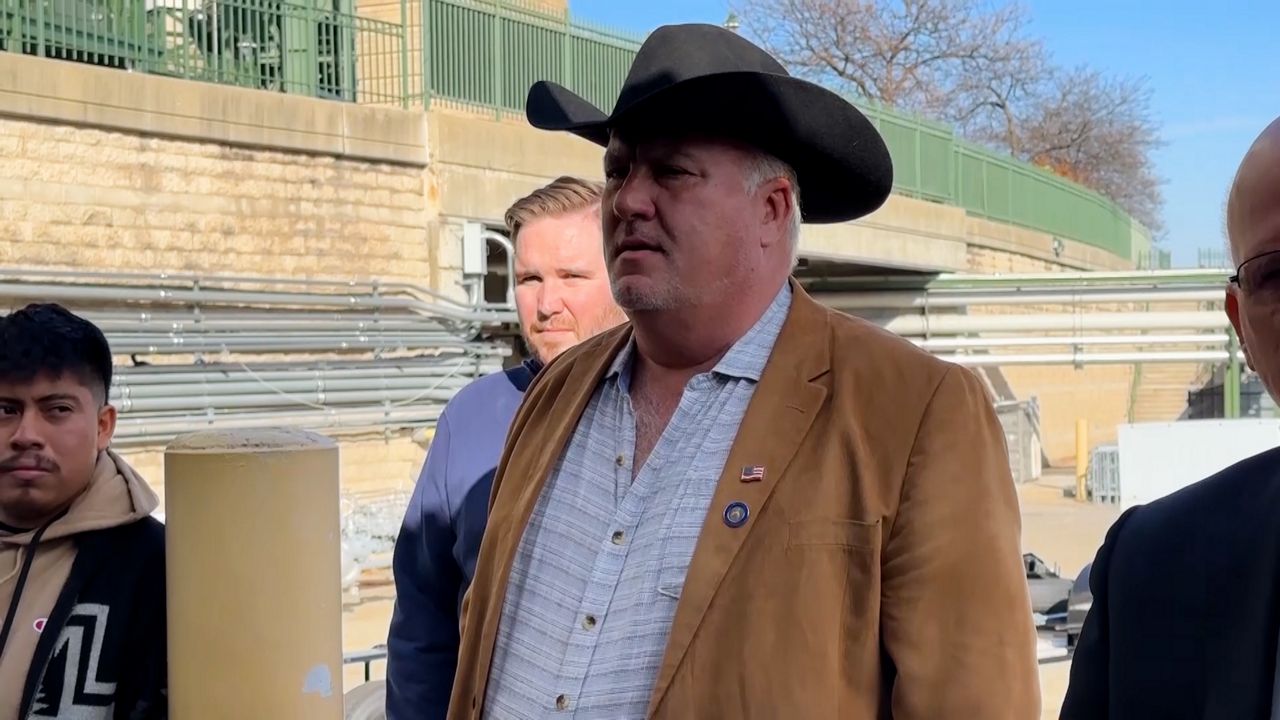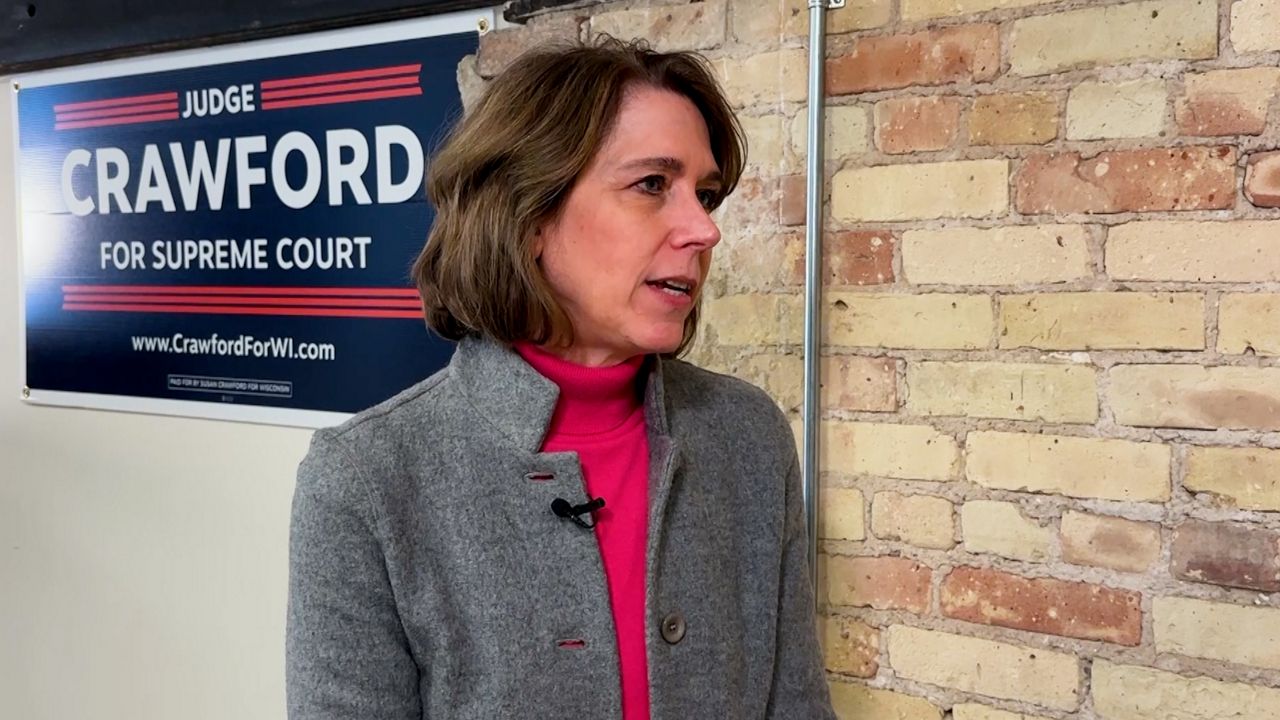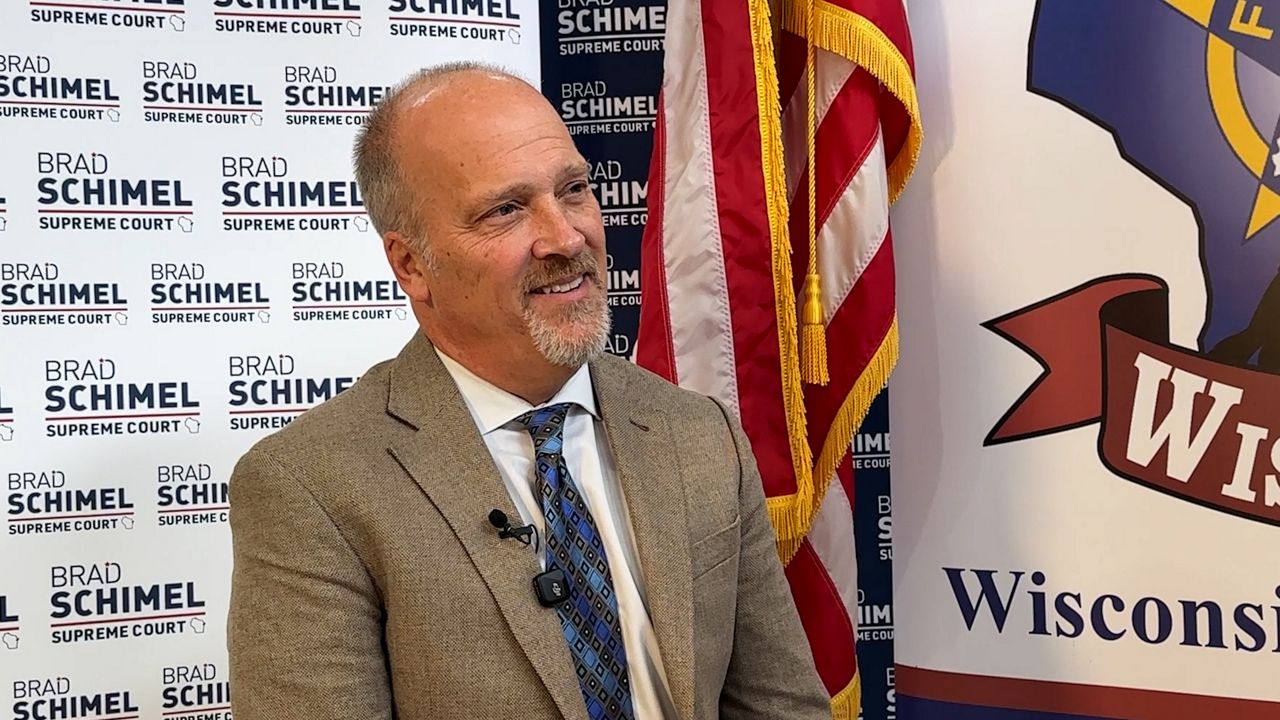MILWAUKEE — The Milwaukee Brewers are making a pitch to skeptical lawmakers in the State Senate who could soon vote on a deal to fund ballpark maintenance and keep the team in Wisconsin for the next 27 years.
Under the proposal, which the Assembly passed 69-27 last month, there would be no shortage of taxpayer money spent, with $411 million coming from the state and $135 million split between the City of Milwaukee and Milwaukee County. The Brewers would contribute $100 million and extend their lease by 20 years.
While the stadium appears in great shape, looks can be deceiving. Make no mistake — the ballpark is structurally sound. However, many of the mechanics operating out of sight from baseball fans need to be replaced.
Most of the equipment has been in place since the doors to the stadium first opened in 2001, making them decades old, considering they were installed years prior during construction.
Milwaukee Brewers executives, who recently led a private tour of the stadium for two Republican lawmakers, said the to-do list for the nearly 1.2 million square foot facility isn’t short.
Among the biggest priorities in the next three to five years would be modernizing the nine elevators and 10 escalators, all of which are original to the stadium.
Another more immediate need is surprisingly for the fans at home — a complete upgrade of all the broadcast technology. Currently, the stadium can handle three broadcast trucks when space for six to eight is more common now in Major League Baseball.

“Over time, be in the 2002 All-Star Game, or network games, or postseason, networks come in, they run cable, and they abandon it,” Steve Ethier, Senior Vice President of Stadium Operations for the Milwaukee Brewers, explained. “They just leave it, so it starts adding up, and so, all that cabling now needs to be removed.”
However, removing those cables is easier said than done. The old wires can’t be pulled out without damaging existing ones.
Damage is what crews at American Family Field are trying to avoid since so many parts are no longer available. On top of aging boilers and decades-old cooling units, the system that makes them all work together is also near the end of its useful life.
“The building automation system, which controls through the building, is all, again, original to the building,” Milwaukee Brewers Vice President of Facilities and Projects Mike Brockman said. “It’s kind of a common theme, right — all very obsolete. We can’t even get the latest upgrade in software because the technology that we have wouldn’t accept it.”

Outside, there are plenty of repairs that fans would see but might not notice.
“And not just the retractable roof but the operable wall panels,” Ethier pointed out to lawmakers while on the outfield warning track. “Glass on the glass crescent wall, all the things that people just generally don’t think about.”
That includes almost 150 acres of hardscape. Whether concrete or asphalt, many of the plazas are struggling to survive Wisconsin winters.
“You can see over here, just an example of how it’s buckled from freezing and thawing over the years,” Ethier added.
When it comes to winterization, the stadium could also use more heating capacity.
“The roof closes, but it’s a matter of heating that space and that volume of air in the wintertime,” Brockman said.
The current system can heat to 30 degrees above the outside air temperature, but a replacement, which will be needed soon anyway, would make the stadium usable year-round.
“Most people don’t realize, they think it’s just one big roof that opens and closes, but flat roofs need replacing, and it’s all that air handling equipment,” State Sen. Dan Feyen, R-Fond du Lac, who is a co-sponsor on the funding legislation, said when asked about what stood out to him most during the tour.
“It’s the chillers, it’s the heaters, it’s the freezers, refrigerators, all that type of stuff just needs upgrading over time and all the electronics that go along with maintaining a commercial facility like this,” he added.

State Sen. Cory Tomczyk, R-Mosinee, who also joined the tour, said after seeing the ballpark himself, he is now undecided about how to vote.
“Coming here today, I was a ‘no.’ It’s clear to me that the skeleton is in good shape, but the organs have issues. I don’t want to see the Brewers leave, but my constituency also hates to see that kind of money going again to Southeastern Wisconsin when we all feel that Northwestern Wisconsin gets ignored.”
Ultimately, 17 votes are needed to pass the bills in the Senate, where Republicans hold 22 of 33 seats. Not every member of the majority party will need to be convinced so long as the legislation can garner bipartisan support from Democrats.










